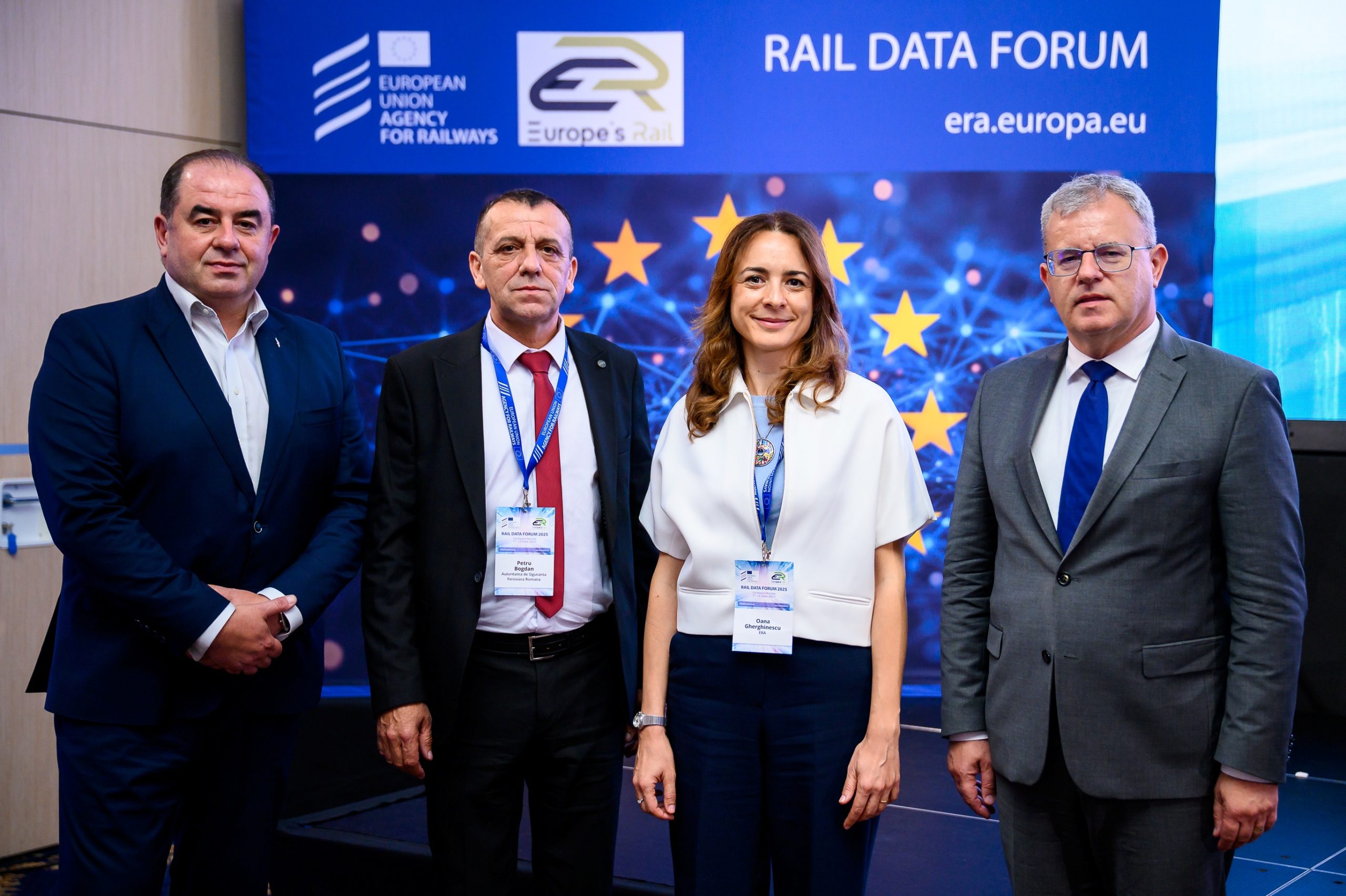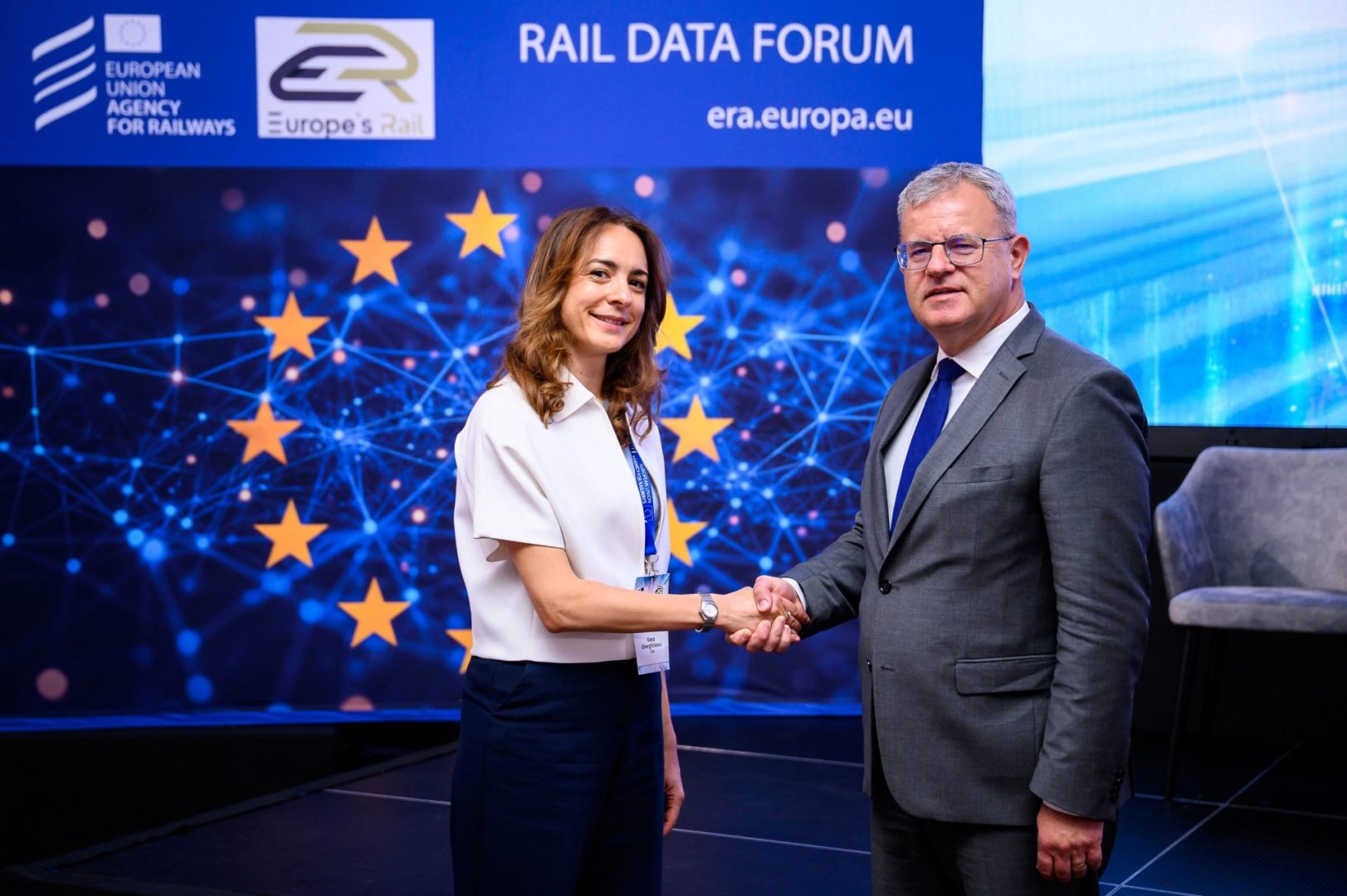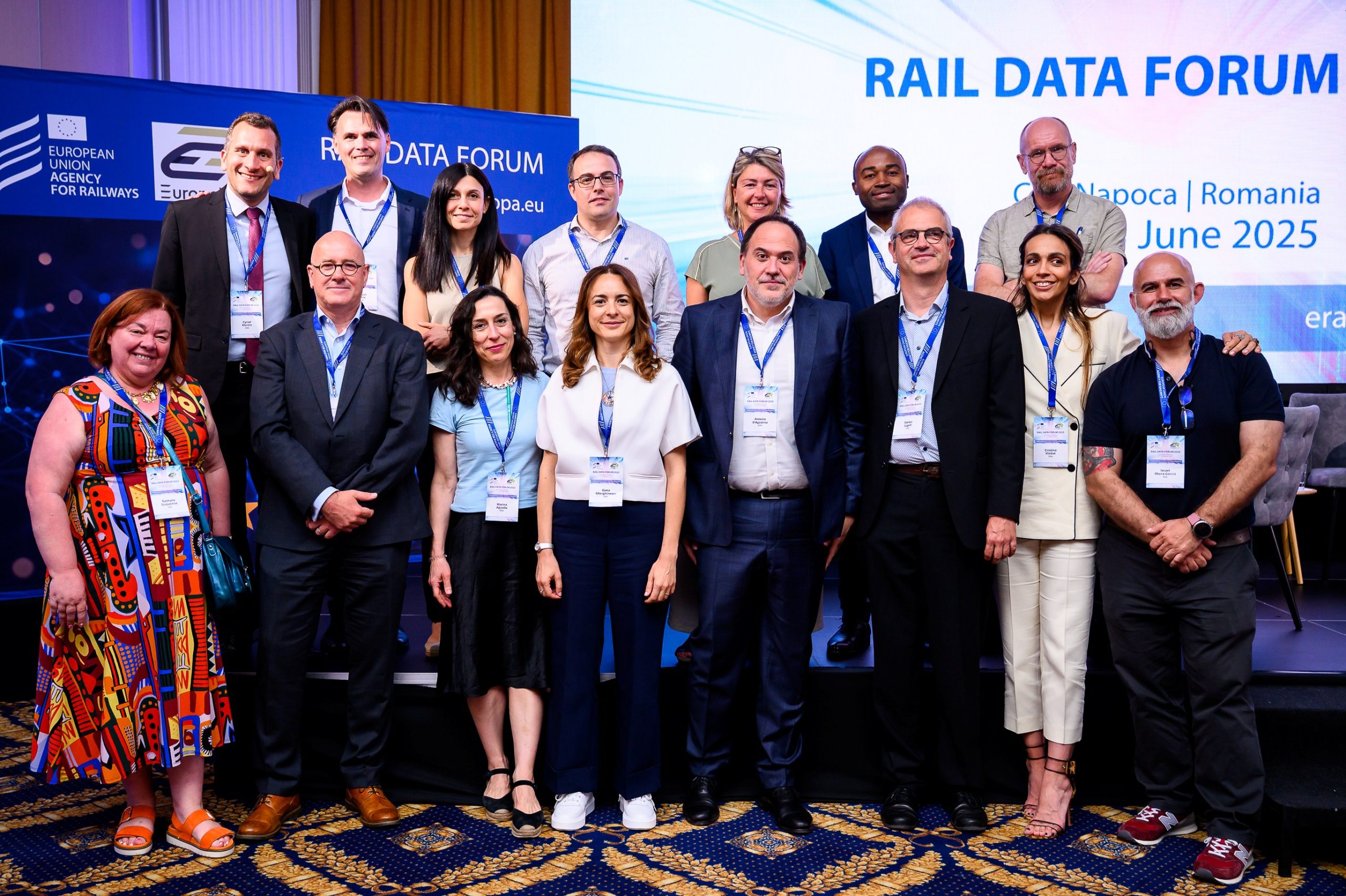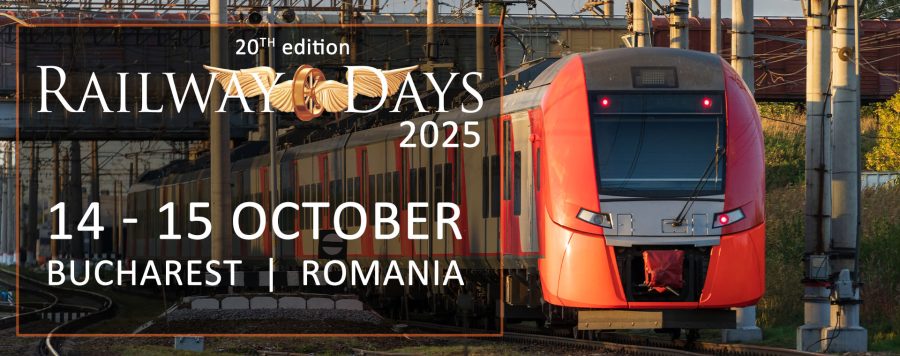The EU ERA Rail Ontology was one of the standout initiatives showcased on the Rail Data Forum 2025 opening day. It establishes a structured framework of concepts and relationships to represent the legal context and practical applications concerning railway infrastructure, covering infrastructure components, rolling stock, and associated systems such as signalling and power supply.

In the heart of Transylvania, in Cluj-Napoca, the Rail Data Forum 2025 is taking place from 11 to 13 June – a key event in the digital transformation of the European rail sector. Held under the auspices of the European Union Agency for Railways (ERA) and the Europe’s Rail Joint Undertaking (EU-Rail), the forum brings together institutional leaders, rail data experts, developers, and representatives of national authorities in a joint effort to build an interoperable digital ecosystem.
Octavian Miclescu, CEO of Interail, delivered the following summary of the key moments from the first day of the event.
One of the most well-received initiatives presented on the opening day of the forum was the introduction of the EU ERA Rail Ontology – a groundbreaking project designed to become the semantic backbone of European rail data.
What is the EU ERA Rail Ontology?
It is more than just a data model – it is a formalised, open, and reusable vocabulary built on semantic standards (RDF, OWL), enabling IT systems across Member States to “speak the same language” when it comes to rolling stock, routes, infrastructure, vehicles, or risks.
Instead of fragmented systems with isolated databases and manual verification processes, the ERA Ontology allows for the automatic correlation of information from 27 countries, covering over 2,000 types of vehicles, 270,000 track sections, and 50,000 stations and stops.
Practical applications: from route compatibility to operational safety
In the session titled “This Works in Practice – Route Compatibility Checks”, ERA presented a concrete case study, delivered by Executive Director Ms Oana Gherghinescu. The focus was on the automated verification of compatibility between a specific type of vehicle and a given transport route.
Traditionally, this process involves manually consulting documentation, making individual comparisons, and repeating the procedure with every change. The proposed system allows users to input parameters from the European Register of Authorised Types of Vehicles (ERATV) into an application, automatically correlate them with infrastructure data from the RINF database, and obtain instant results using the ERA vocabulary.
Sector voices: Romania steps up
 Rail Data Forum 2025 was officially opened by Oana Gherghinescu, the newly appointed Executive Director of the European Union Agency for Railways (ERA). With a strong career within ERA and expertise shaped at the intersection of European policy, economics, and digitalisation, Ms Gherghinescu emphasised the strategic importance of the rail ontology in her opening address:
Rail Data Forum 2025 was officially opened by Oana Gherghinescu, the newly appointed Executive Director of the European Union Agency for Railways (ERA). With a strong career within ERA and expertise shaped at the intersection of European policy, economics, and digitalisation, Ms Gherghinescu emphasised the strategic importance of the rail ontology in her opening address:
“We will only succeed in building an intelligent and efficient rail network if we adopt a common digital language – covering everything from vehicle and route data to incidents and maintenance. The ERA Rail Ontology is the foundation of this new digital alphabet.”
Alongside her, impactful speeches were delivered by:
- Ionuț‑Cristian Săvoiu, State Secretary at Romania’s Ministry of Transport and Infrastructure, who reaffirmed the government’s commitment to aligning with the EU’s digital strategy in the rail industry;
- Petru Bogdan, President of the Romanian Railway Safety Authority (ASFR), who emphasised the importance of adopting a standardised semantic vocabulary in national processes, describing it as a key tool for increasing transparency and reducing technical ambiguities in the application of European regulations;
- Kristian Schmidt, Director Land Transport, European Commission (DG MOVE), who highlighted ERA’s central role in strengthening the European digital rail space;
- Hinne J.Y. Groot, Coordinator for international rail affairs at the Dutch Ministry of Infrastucture and Water management who offered a cross-border perspective on infrastructure interoperability;
- Ian Conlon, Head of the System Pillar at Europe’s Rail Joint Undertaking, who underscored the importance of integrated research and innovation in achieving digital interoperability;
- Tony Seale, Founder & Principal Consultant at The Knowledge Graph Guys, who brought attention to advanced knowledge graph technologies and their relevance in the context of rail ontologies.
This series of speeches set the tone for the forum, highlighting the need for an integrated approach — institutional, technical, and digital — at the European level. Romania stood out as a key player, while the presence of the broader European rail ecosystem, reflected in the panel of keynote speakers, confirmed a shared vision and strong commitment to the future of smart rail transport.

From physical networks to semantic networks
Another highlight of the forum was the presentation on knowledge graphs and digital networks as infrastructure. Using the analogy between the Internet (a network of computers), the Web (a network of documents), and AI (a network of knowledge), ERA experts illustrated how a unified rail ontology enables not only the storage and exchange of data but also its contextual understanding.
“Digitalisation isn’t just about having data – it’s about having meaningful data,” emphasised an ERA representative.
Conclusion
The first day of Rail Data Forum 2025 confirmed that the future of European rail lies in semantic interoperability, with the EU ERA Rail Ontology at the heart of this transition.
Romania is not just the host but also an active participant in this process — as evidenced by the involvement of authorities and the keen interest of the professionals attending. An intelligent rail network begins with an intelligent data network — and ERA has just provided the blueprint for this network.
Share on:




